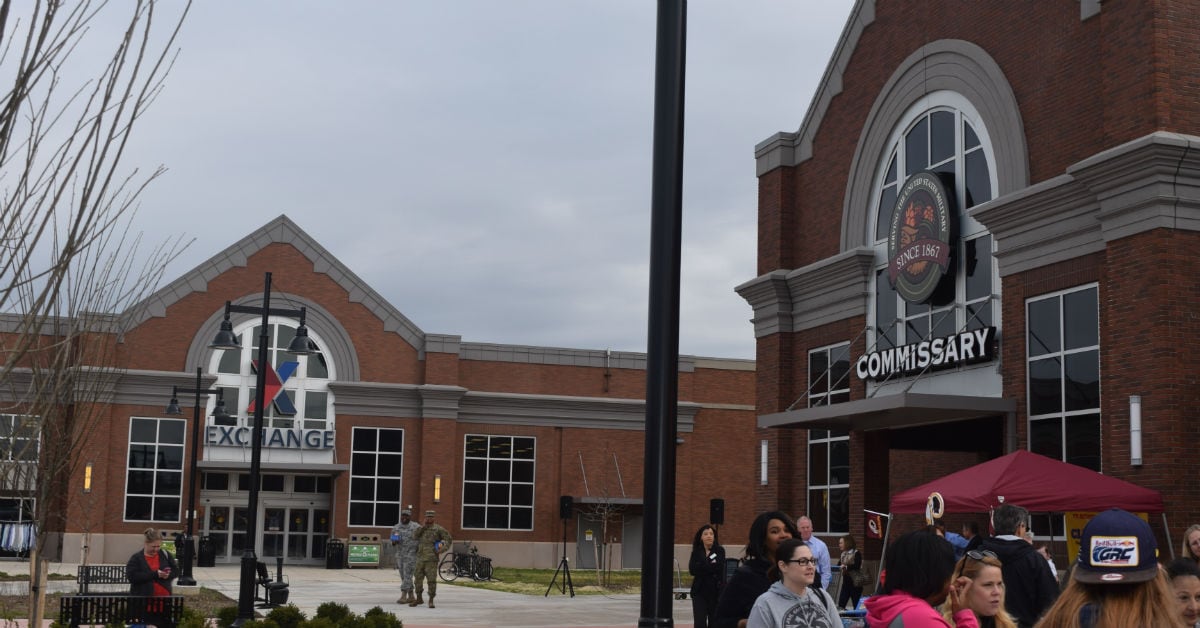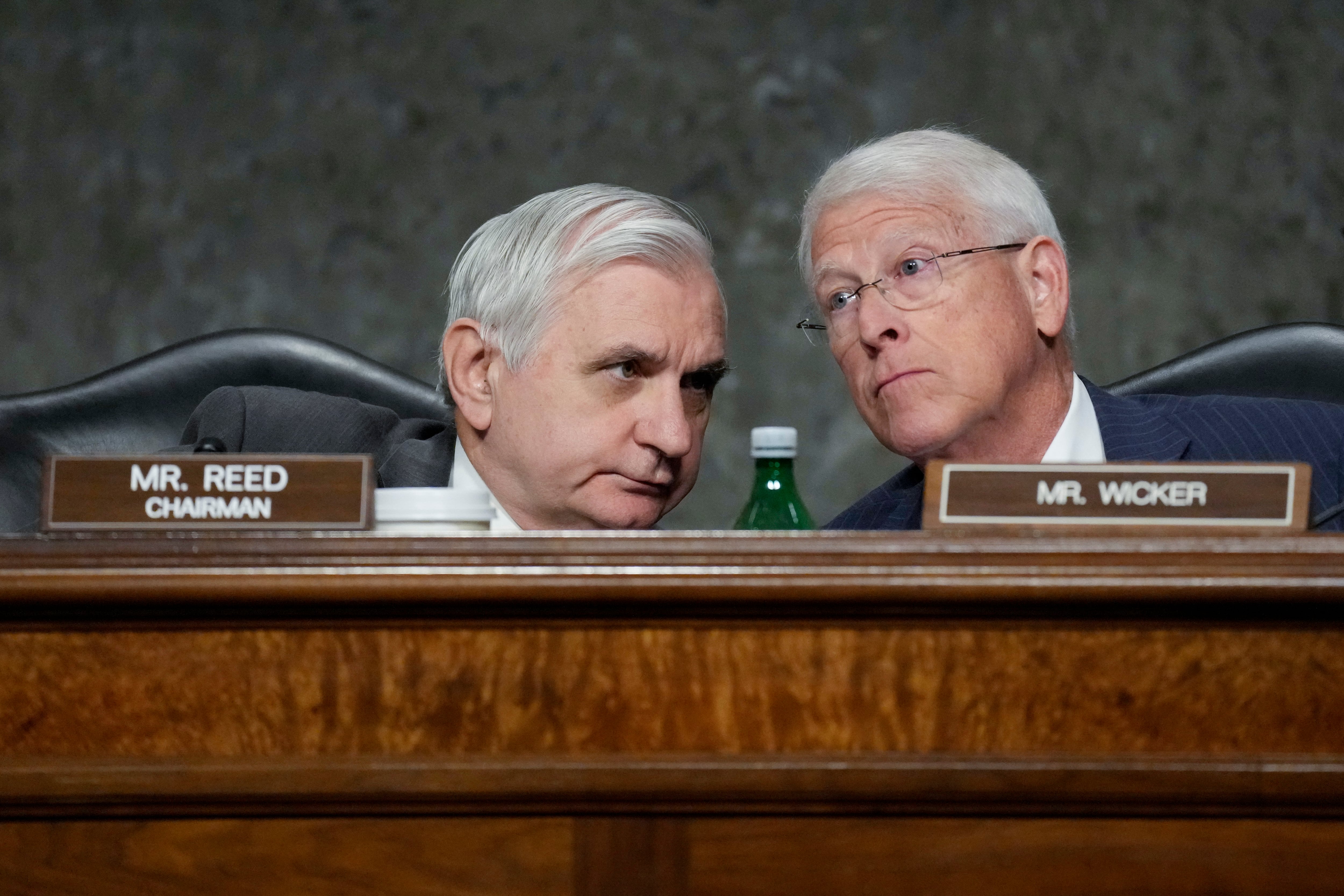ALBANY, N.Y. — C. Wade McClusky Jr. faced a tough decision on June 4, 1942: turn his low-on-fuel U.S. Navy air squadron around or keep searching for the Japanese fleet headed for Midway. He decided to go on and wound up changing history.
The dive bombers McClusky led that day in the Battle of Midway helped to gut the Imperial Japanese Navy and turned the tide of the war in the Pacific in the Allies' favor after a string of defeats following the attack on Pearl Harbor.
On Sunday, 75 years to the day of his heroics, a clay model of a planned bronze statue of McClusky is being unveiled in his hometown of Buffalo, New York, as part of a new public memorial dedicated to local war heroes. McClusky, who died in 1976, is depicted as he looked after returning from the June 4, 1942, attack, still wearing his flight suit, flying helmet and goggles.
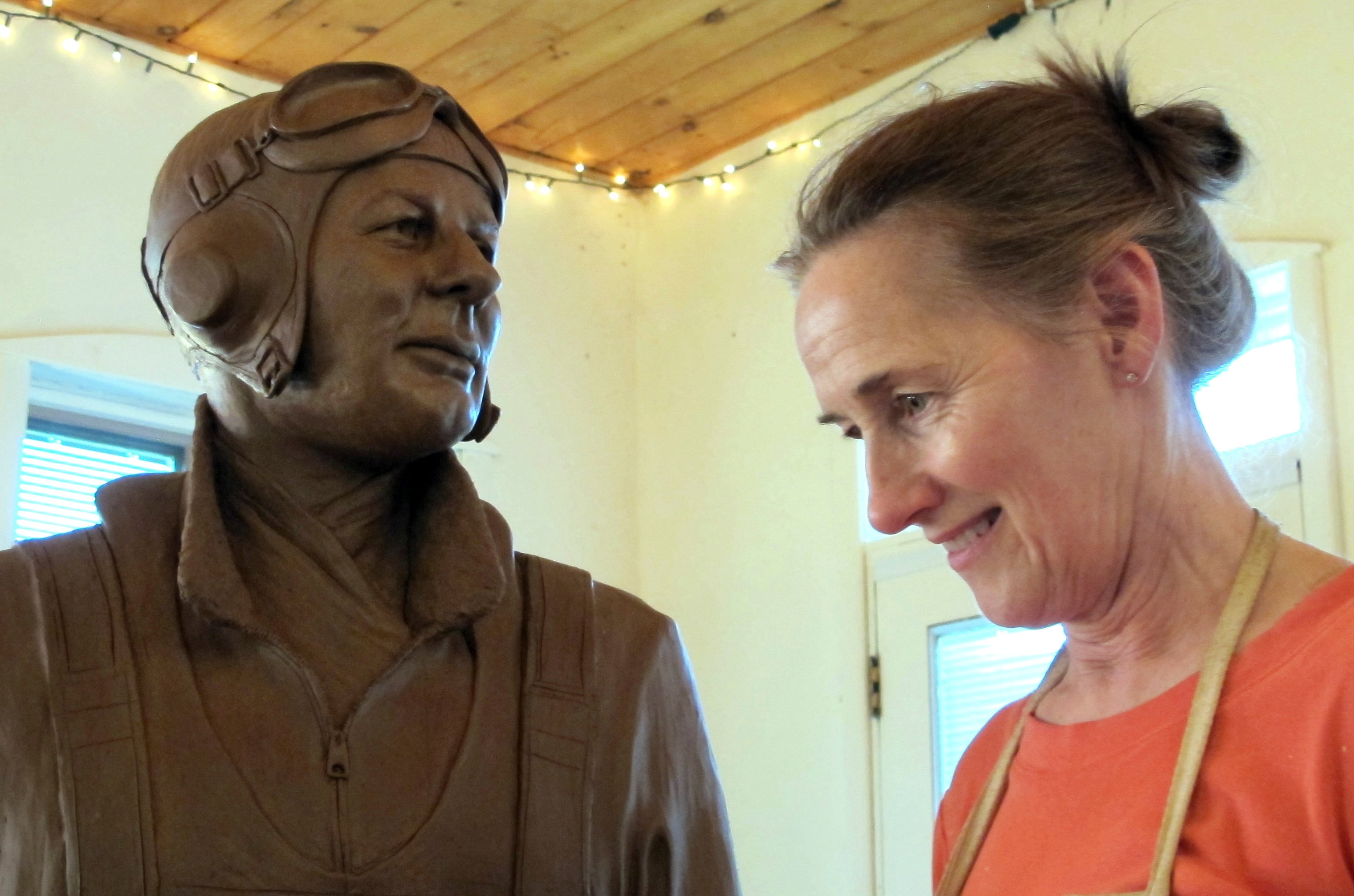
In this May 30, 2017 photo, sculptor Susan Geissler works on a clay likeness of World War II hero C. Wade McClusky Jr. in her Youngstown, N.Y., studio. The clay model will form the basis for a bronze monument planned for the Buffalo and Erie County Naval & Military Park in McClusky's hometown of Buffalo, N.Y. A dedication ceremony is scheduled for June 4, the 75th anniversary of the Battle of Midway and of McClusky's heroics as a pilot.
Photo Credit: Carolyn Thompson/AP
"Wade McClusky finally will be getting his due recognition," said Lee Simonson, one of the organizers behind the event and the fundraising effort for the new memorial. "He's one of the greatest heroes in American history."
McClusky, born in Buffalo in 1902, graduated from the U.S. Naval Academy in 1926 and earned his pilot's wings a few years later. When the Japanese attack on Pearl Harbor drew America into the war, he was a lieutenant commander in charge of the air squadron aboard the USS Enterprise, which escaped harm on Dec. 7, 1941, because it was at sea with the other U.S. carriers.
In late May 1942, a large Japanese fleet was steaming toward the U.S. sea and air bases on Midway atoll, located about 1,300 miles (2,092 kilometers) northwest of Honolulu. Midway could provide the Japanese with a jumping-off point for more assaults on Hawaii, and possibly the West Coast.
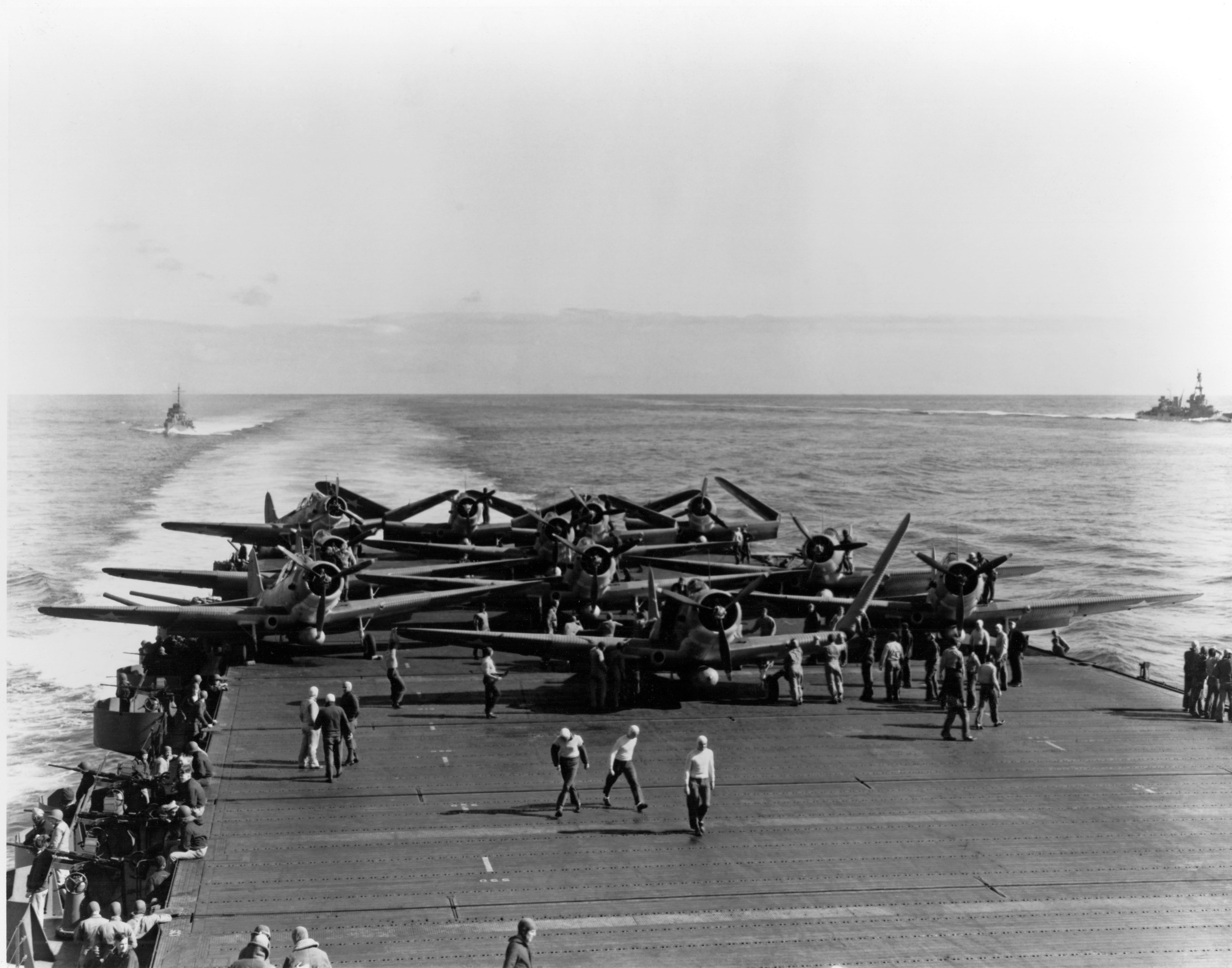
In this June 4, 1942 photo provided by the U.S. Navy, Torpedo Squadron Six aircraft are prepared for launching on USS Enterprise during the Battle of Midway in the Pacific Ocean.
Photo Credit: Navy via AP
The U.S. Navy, tipped off to the Japanese plans thanks to its breaking of the enemy's naval codes, ordered its only three aircraft carriers in the Pacific — Yorktown, Hornet and Enterprise — to head off the attack. McClusky's air squadron was tasked with finding the Japanese warships and sinking them. Despite the inside information, the planes initially were sent in the wrong direction after they took off on the morning of June 4.
More time — and fuel — was wasted as McClusky's group circled while waiting for other carrier-based planes that didn't show up. About two hours into the search and running low on gas, McClusky was faced with a choice: return to the Enterprise or keep searching, with the realization that most of his planes would have to ditch in the ocean. He kept going.
According to the U.S. Navy's official account of the battle, McClusky soon spotted a Japanese destroyer and correctly surmised it was headed toward the main Japanese fleet. Around 10:20 a.m., he led 30 other Douglas SBD Dauntless dive bombers into the attack against the Japanese aircraft carriers.
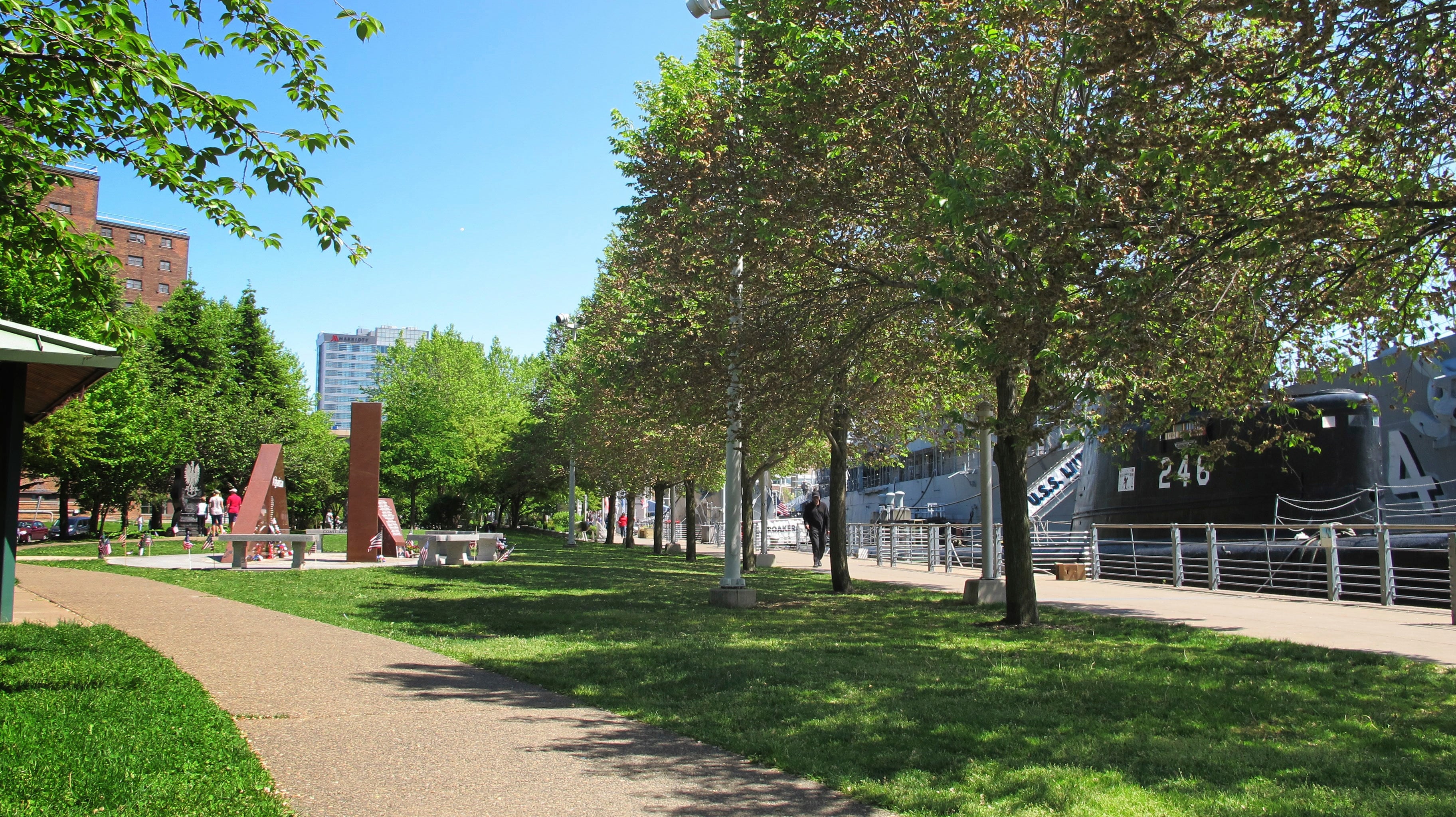
In this May 30, 2017 photo, war monuments stand on the shore where retired military ships are docked at the Buffalo and Erie County Naval & Military Park in Buffalo, N.Y. The park will soon get another addition with a statue of hometown hero C. Wade McClusky Jr., whose actions in the Battle of Midway during World War II have received scant recognition until now.
Photo Credit: Carolyn Thompson/AP
When the day was over, the fliers from the Enterprise and Yorktown had sunk three carriers and mortally damaged a fourth. McClusky, wounded in the initial attack, made it back to his carrier with less than five gallons of fuel in his tank. Some of the other surviving two-man planes had even less. Ten planes in his squadron had to ditch in the sea and their crews were never found.
"This small group of people who did such a dynamite job at Midway should be lofted up as icons in American history, but for the most part their names go mostly forgotten," said Timothy Orr, who along with his wife Laura co-authored a recently published autobiography by N. Jack "Dusty" Kleiss, a member of McClusky's squadron who helped sink three Japanese warships at Midway. Kleiss was the last surviving Midway dive bomber pilot when he died last year at 100.
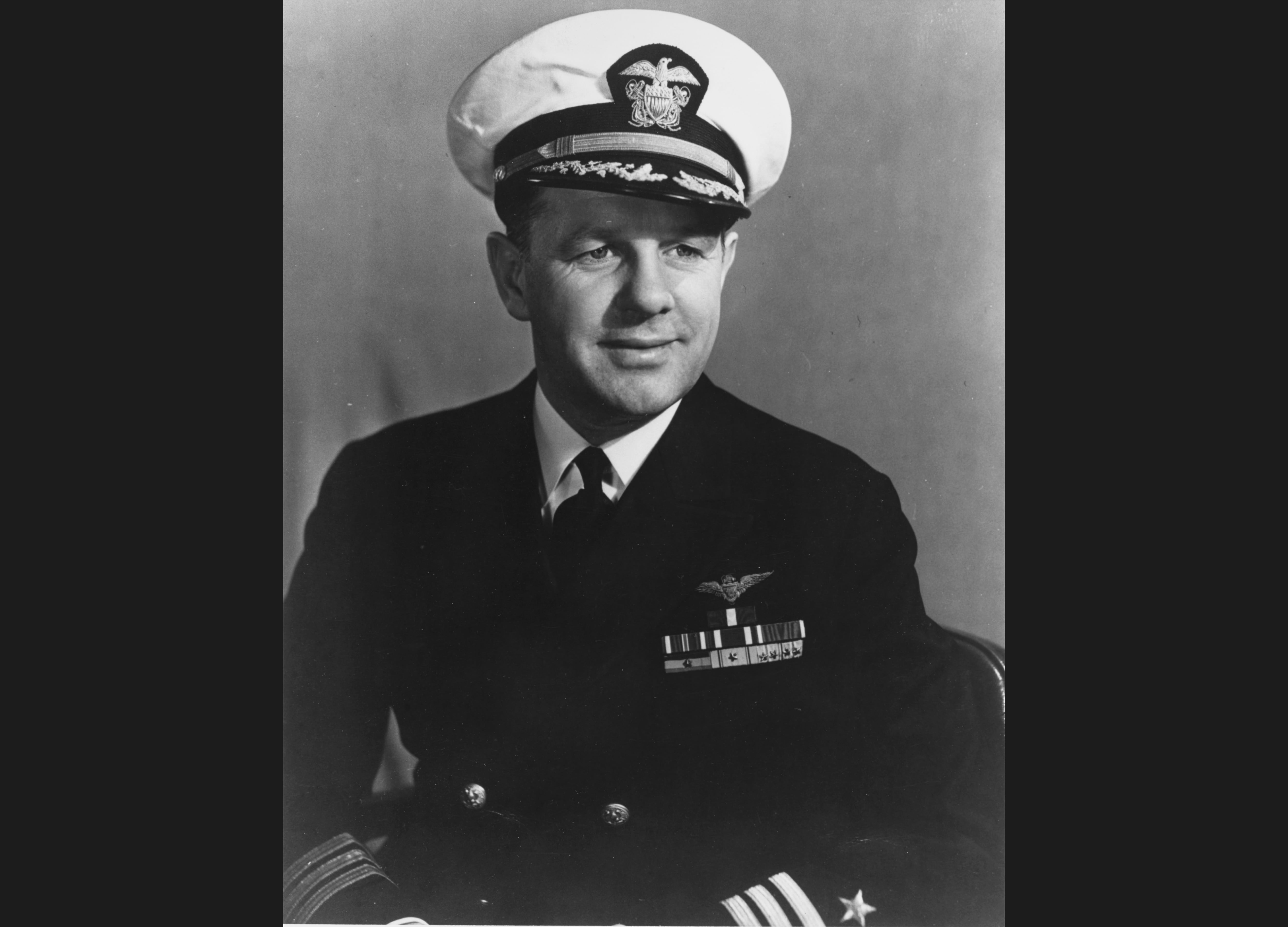
In this circa 1943 photo provided by the U.S. Navy, C. Wade McClusky Jr. poses for an official portrait.
Photo Credit: Navy via AP
For his actions at Midway, McClusky was awarded the Navy Cross, one of the U.S. military's highest decorations. He retired as a rear admiral in 1956. McClusky never lived in Buffalo after entering the Navy and has no family living there.
According to his son, Phil, the Buffalo tribute is something the Navy hero would've never sought for himself.
"He was a quiet guy. He was not a big talker," said the son, 63, who lives outside Baltimore and plans to attend Sunday's ceremony. "He was a professional naval officer."
